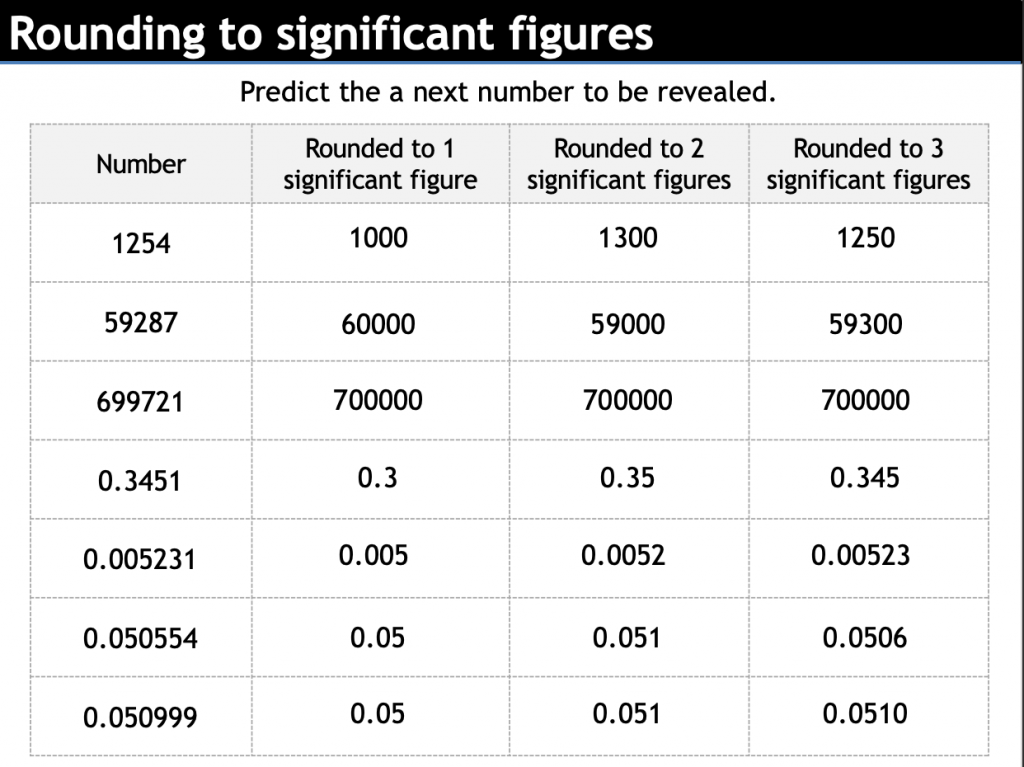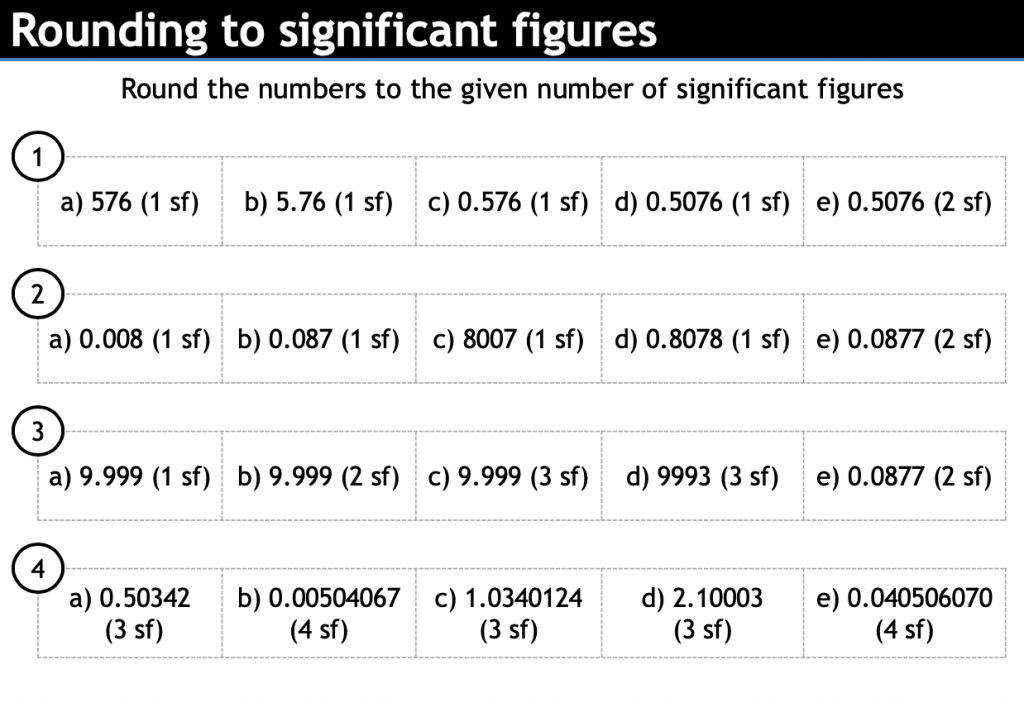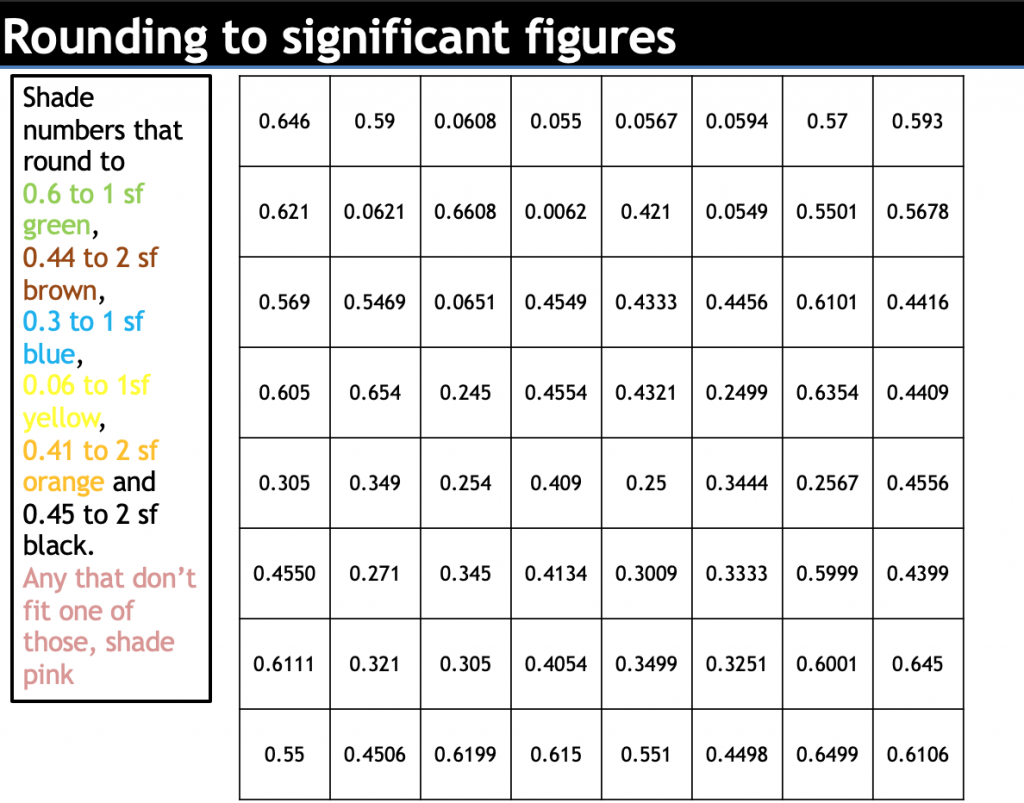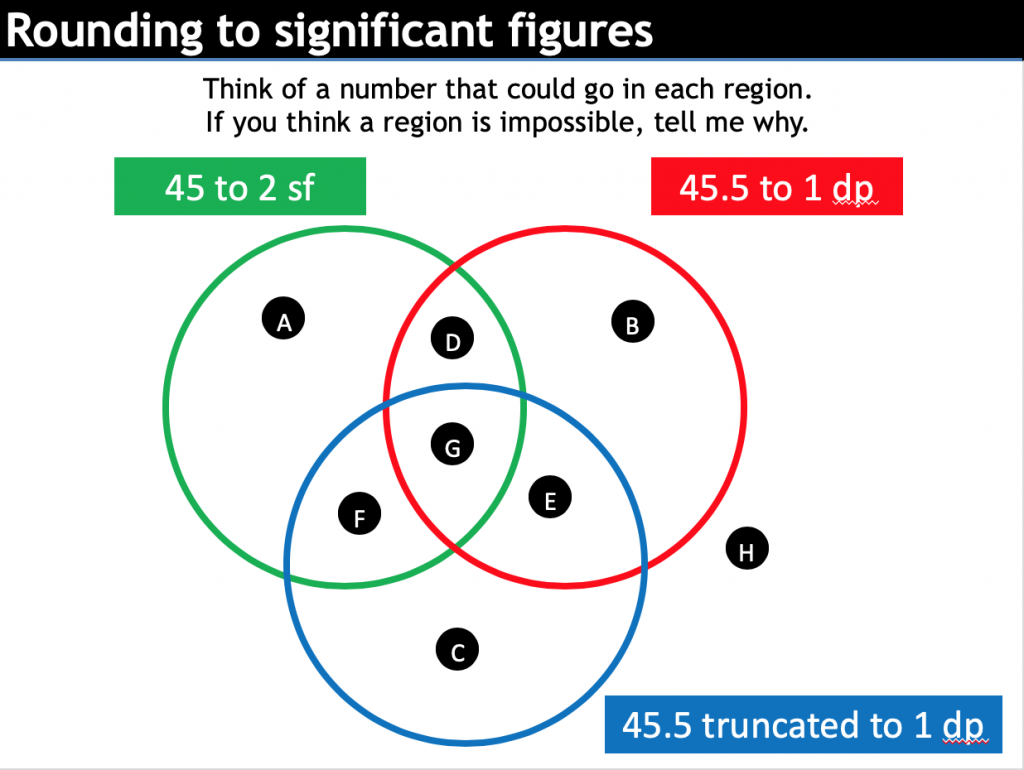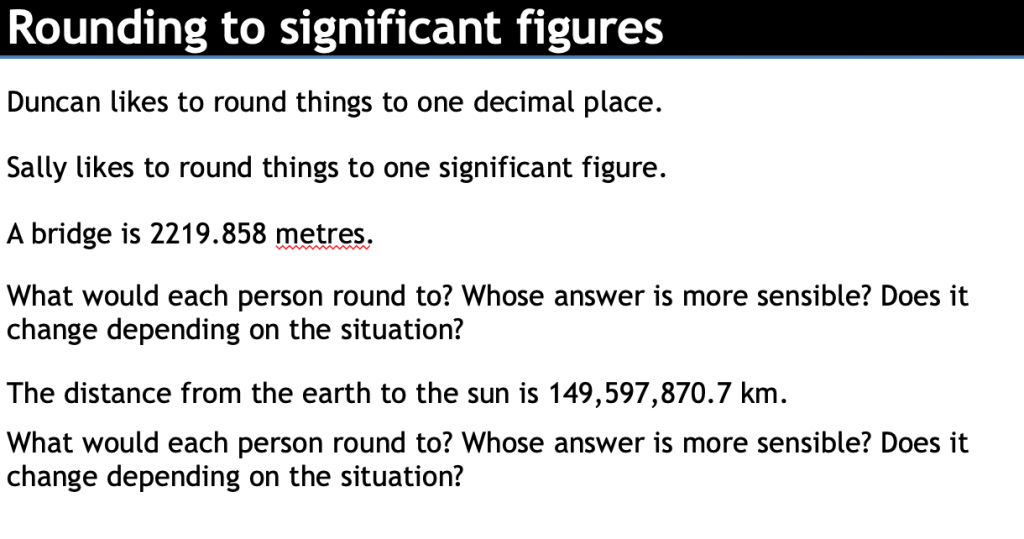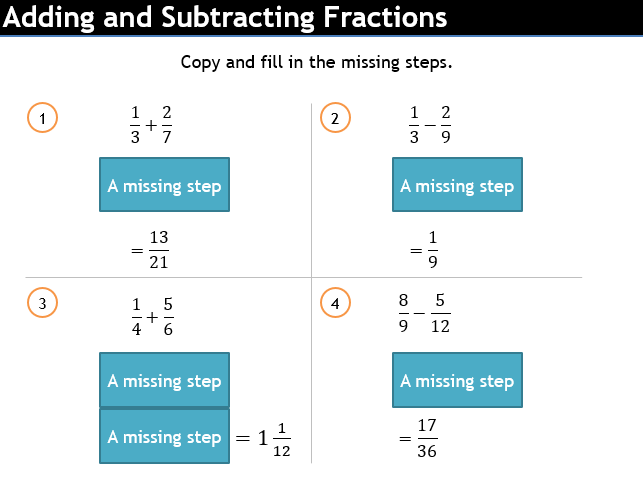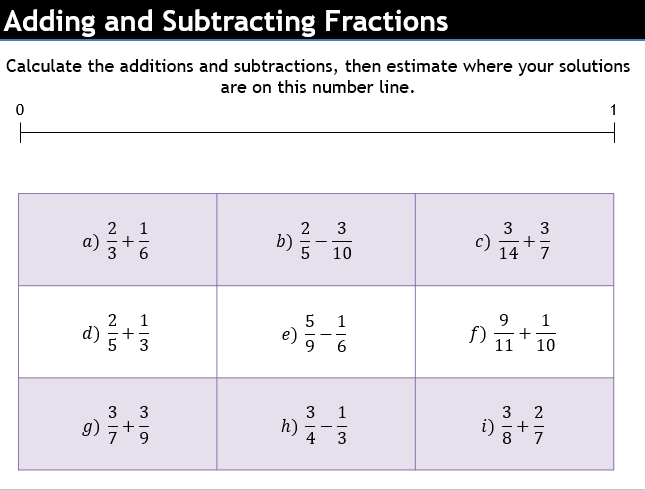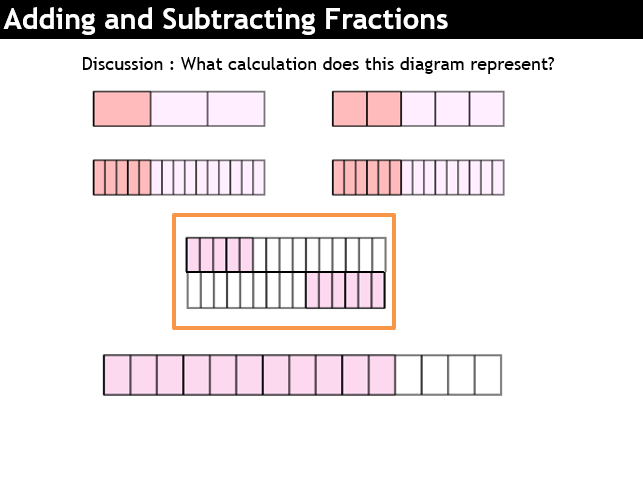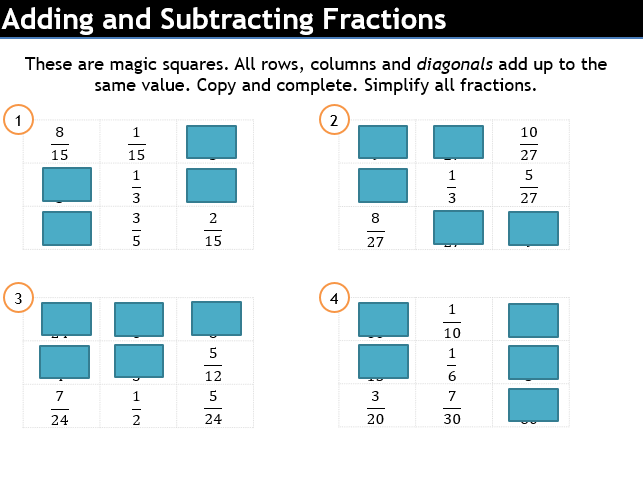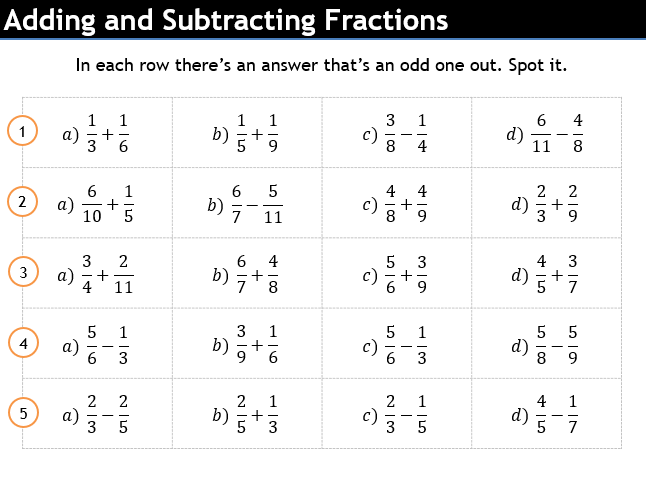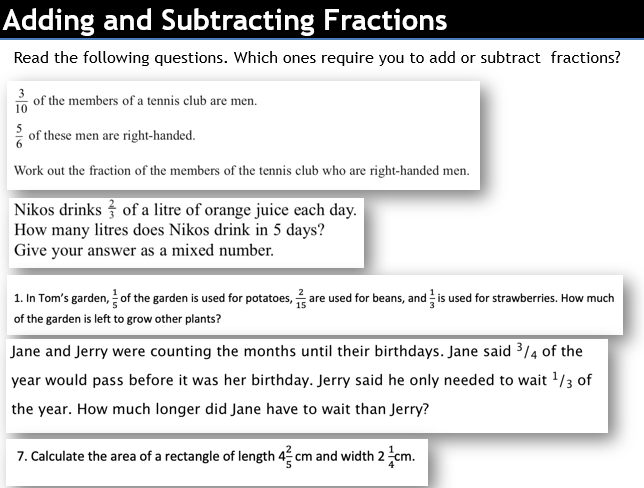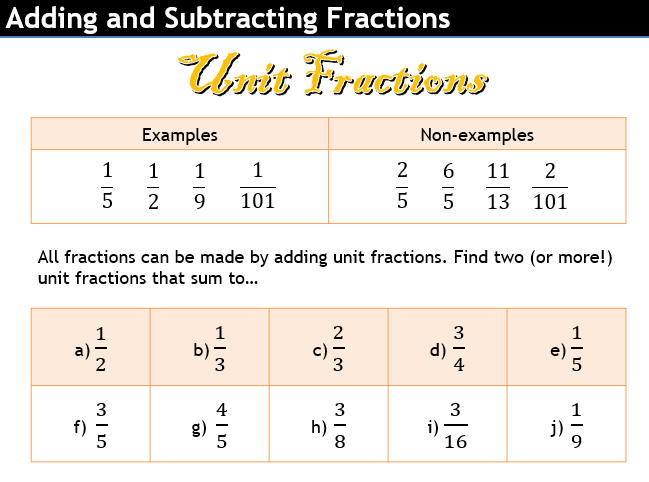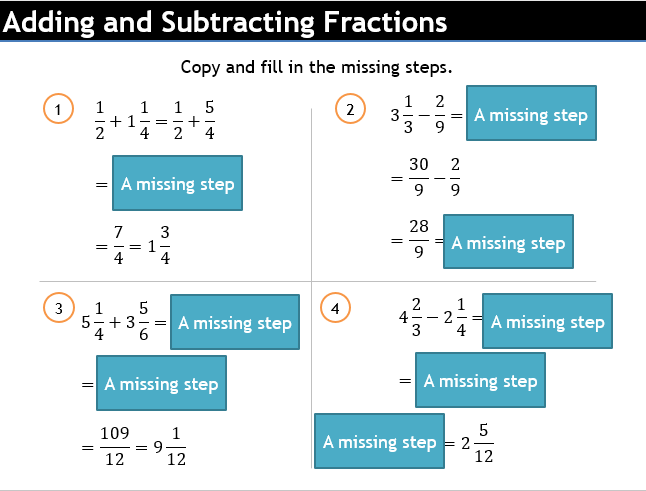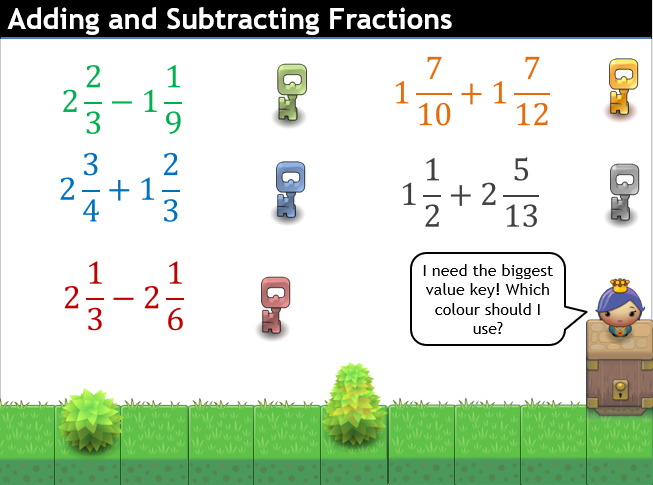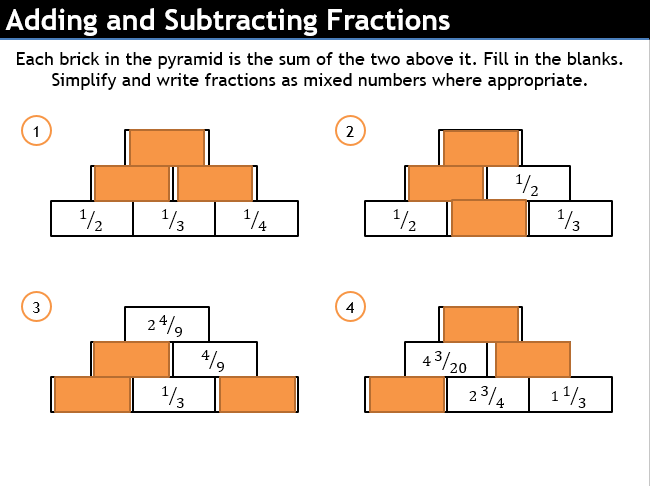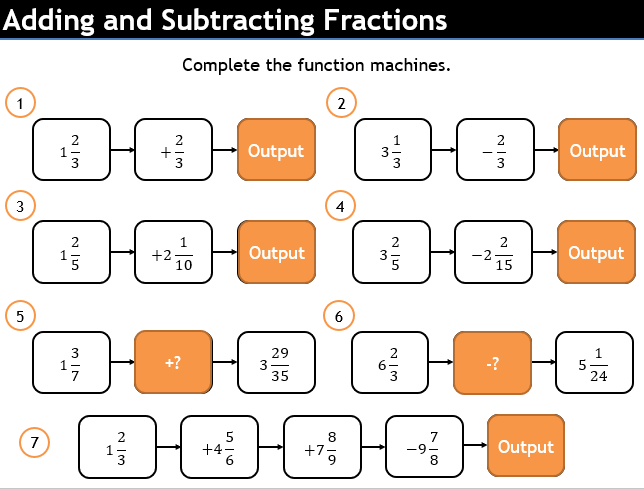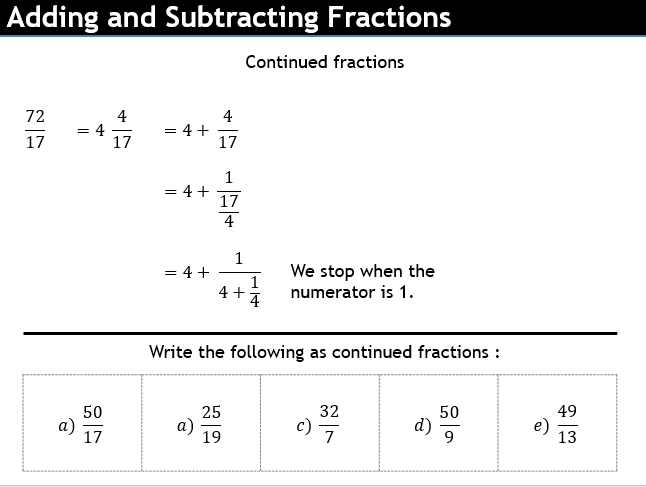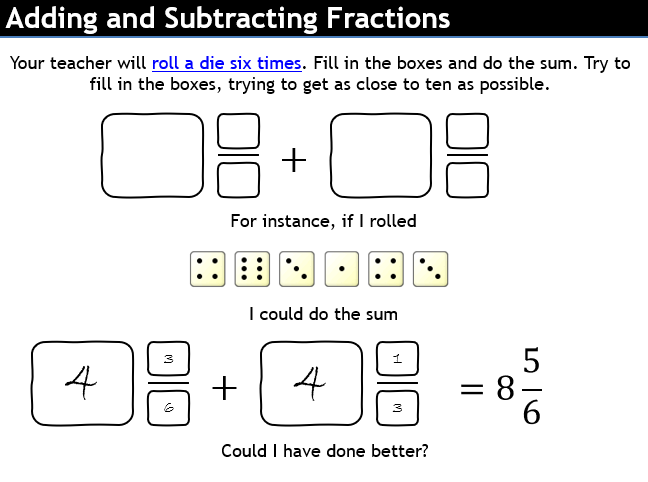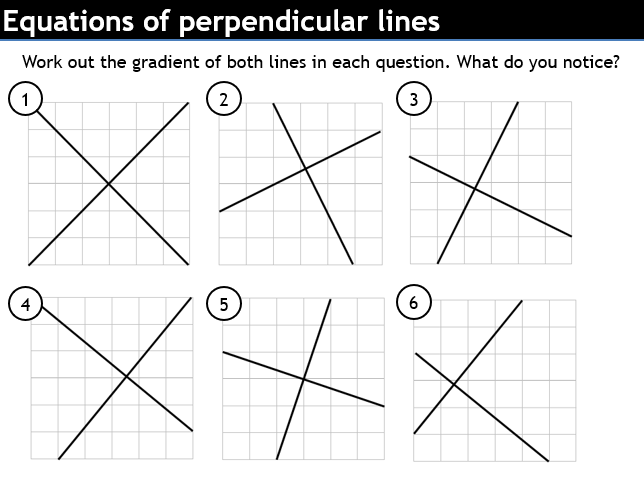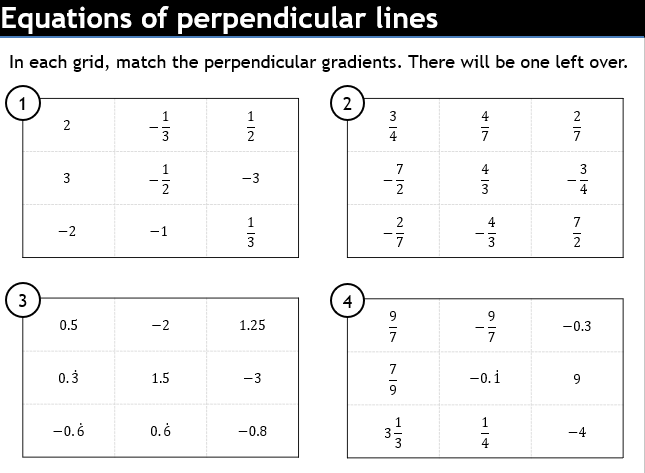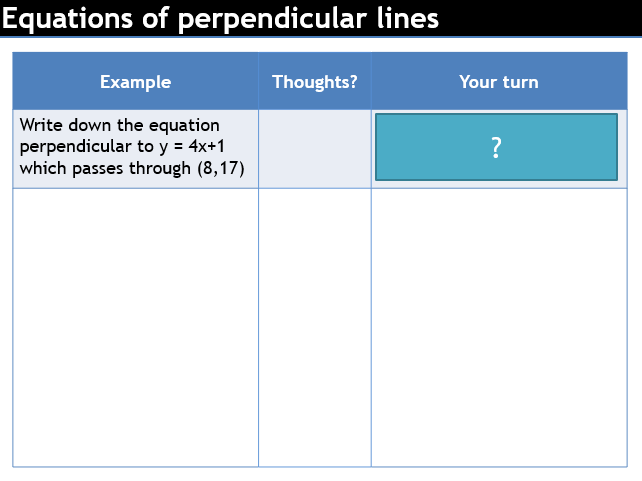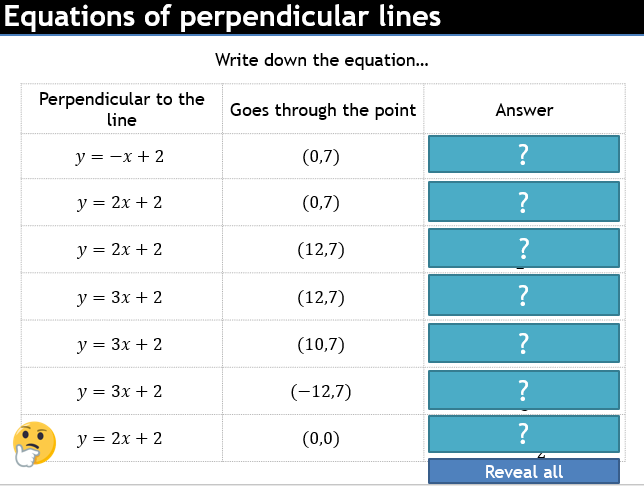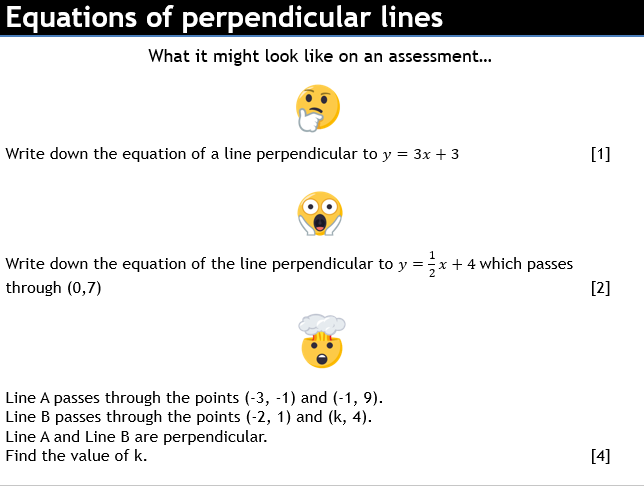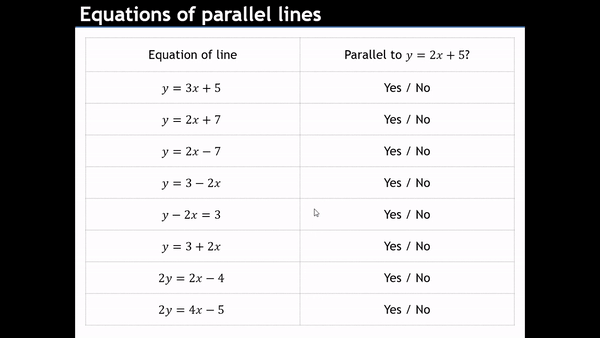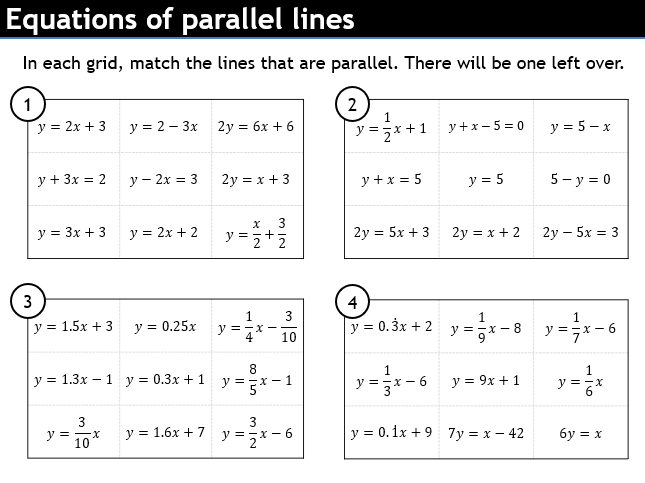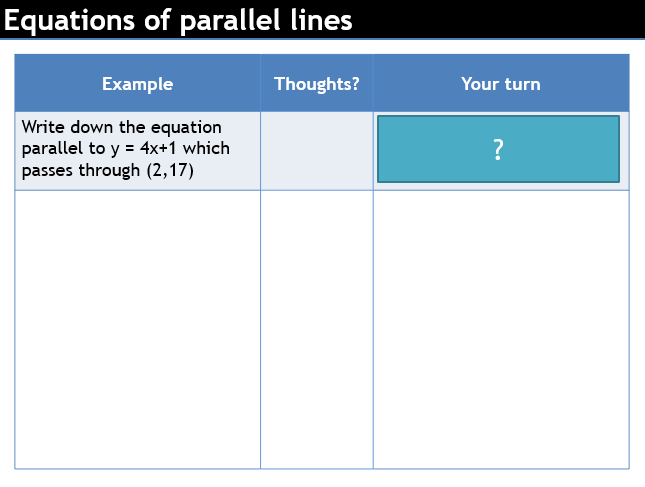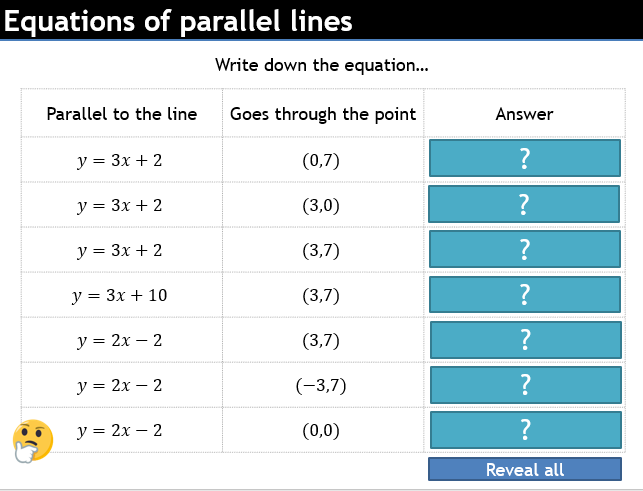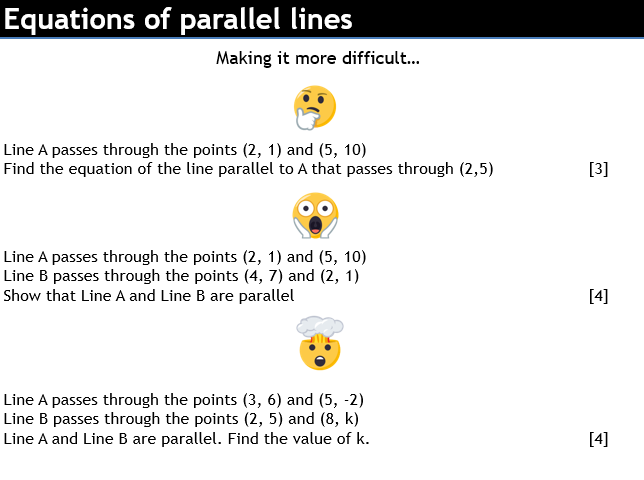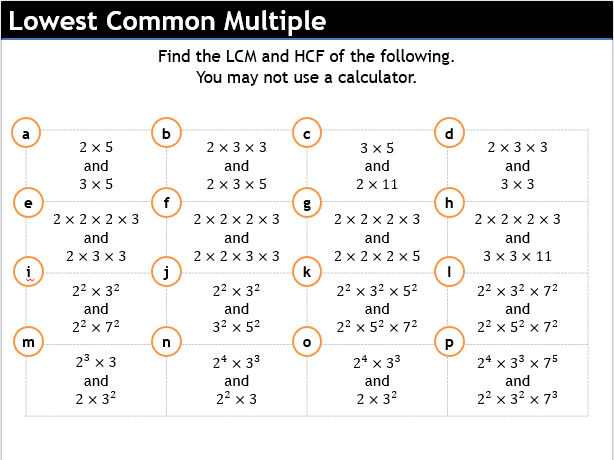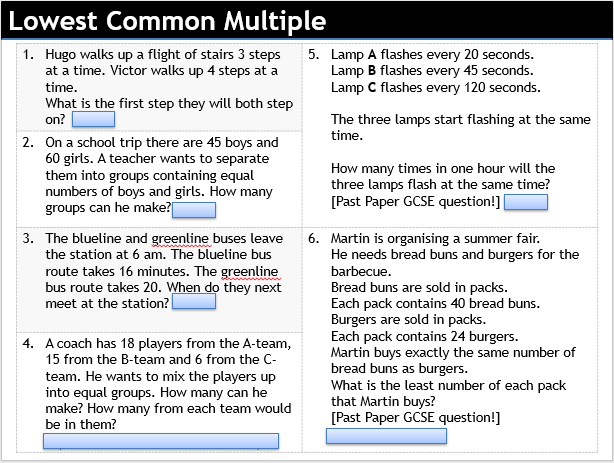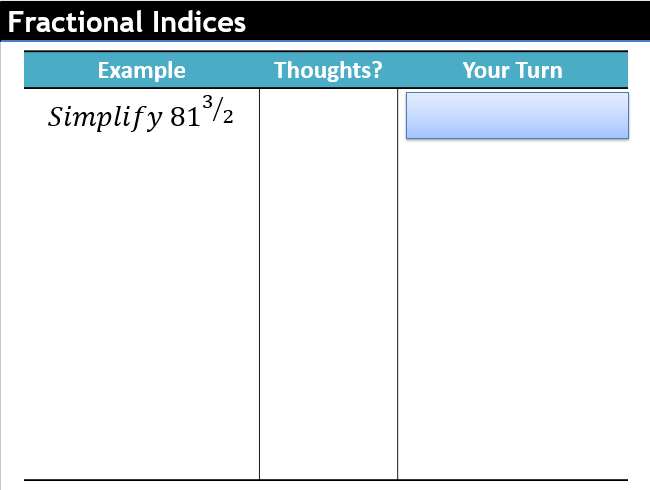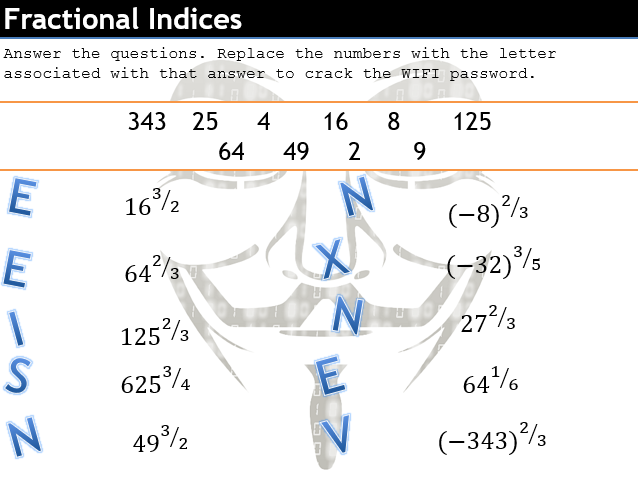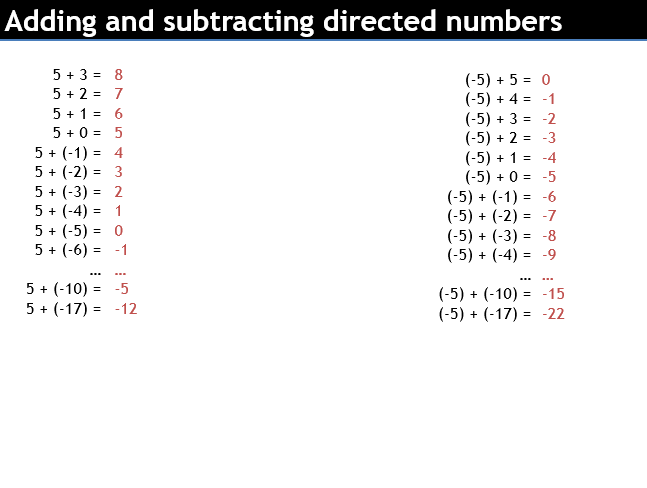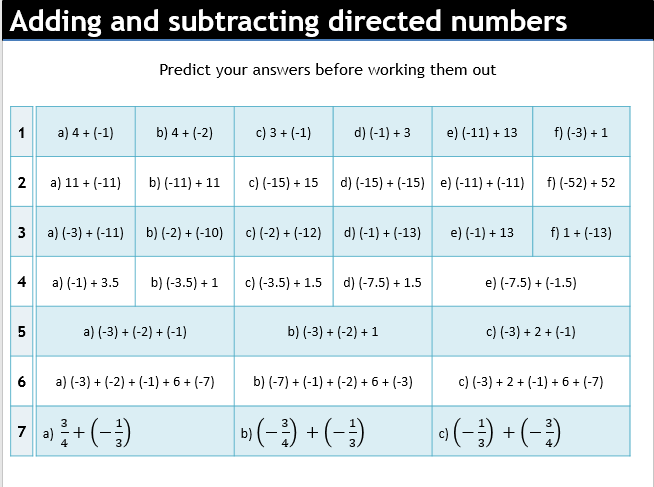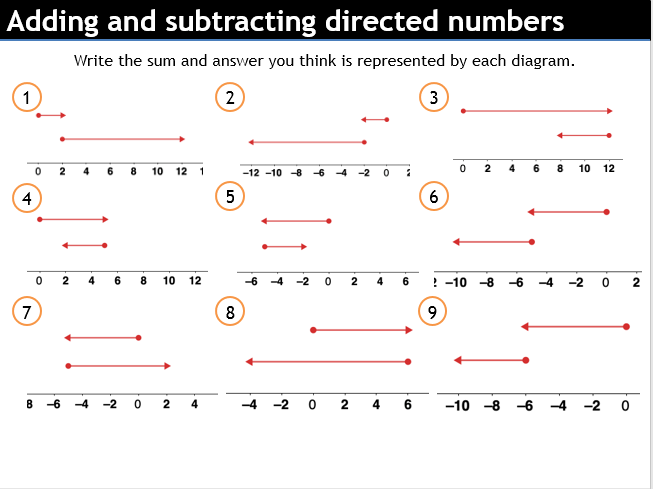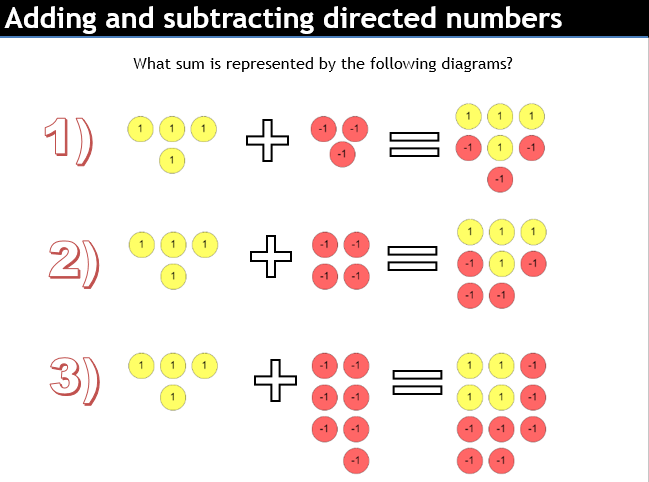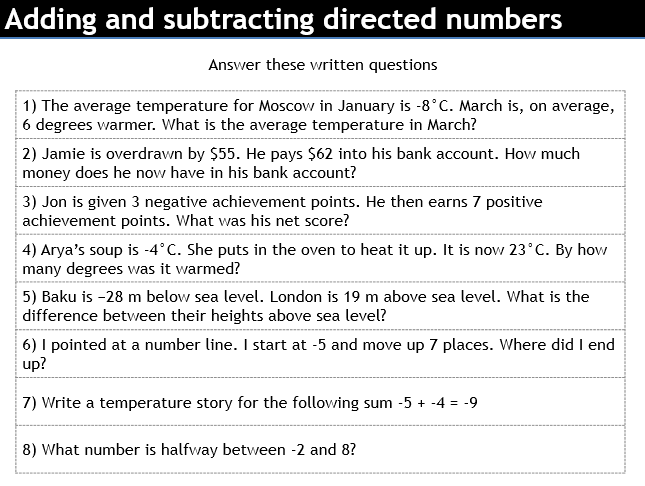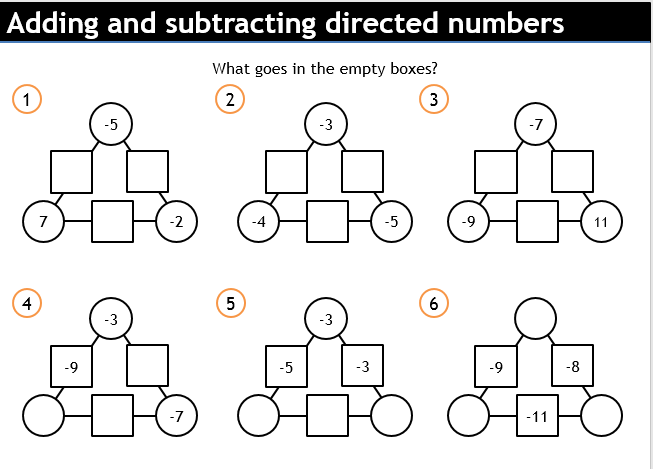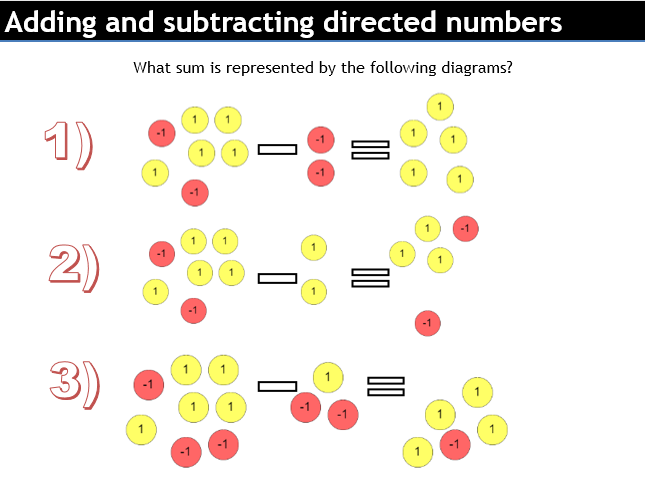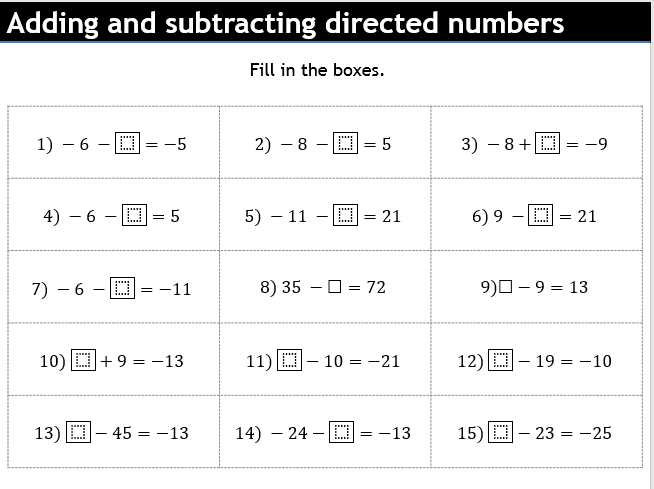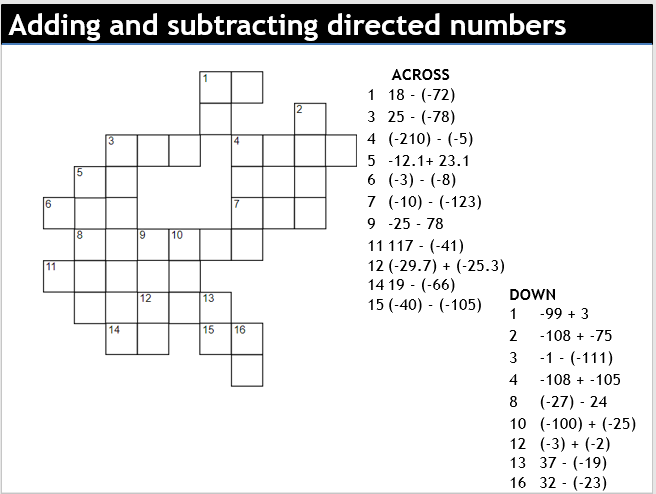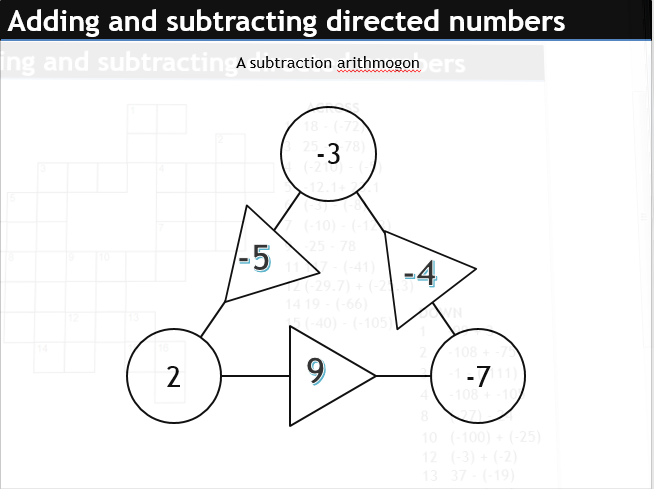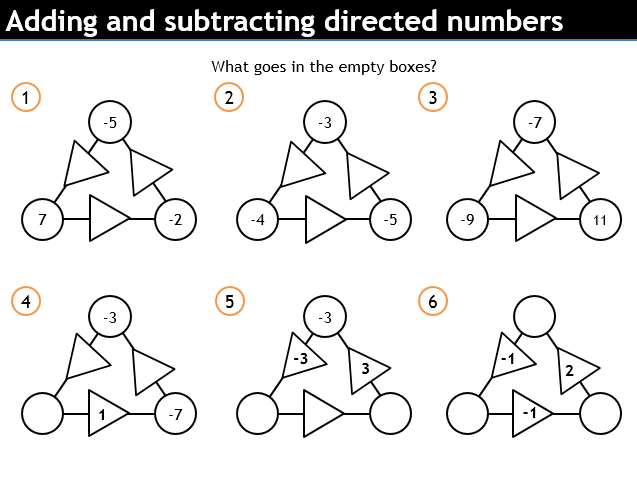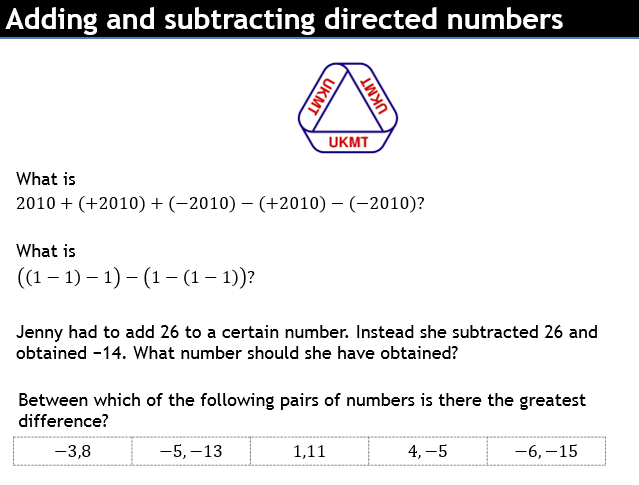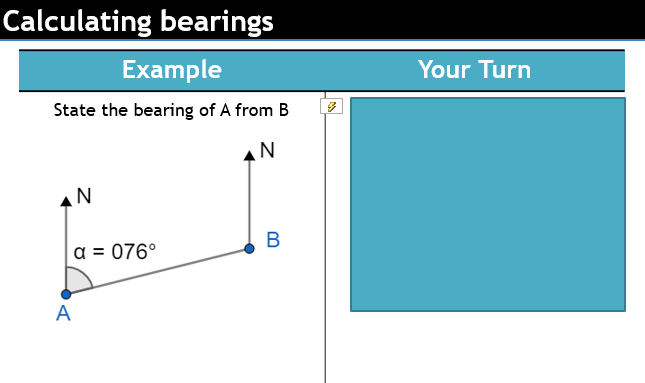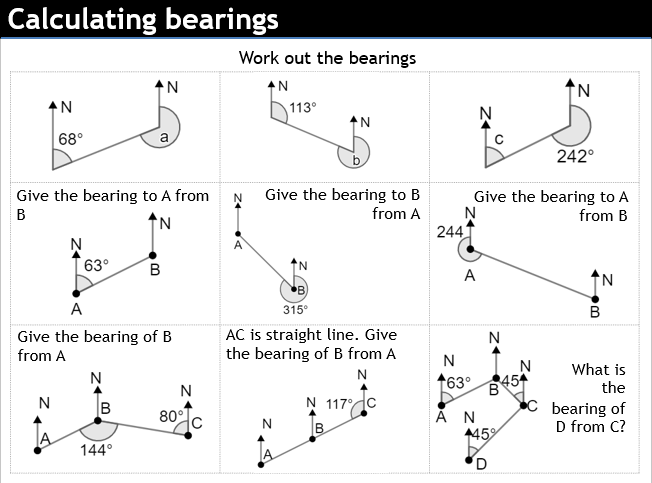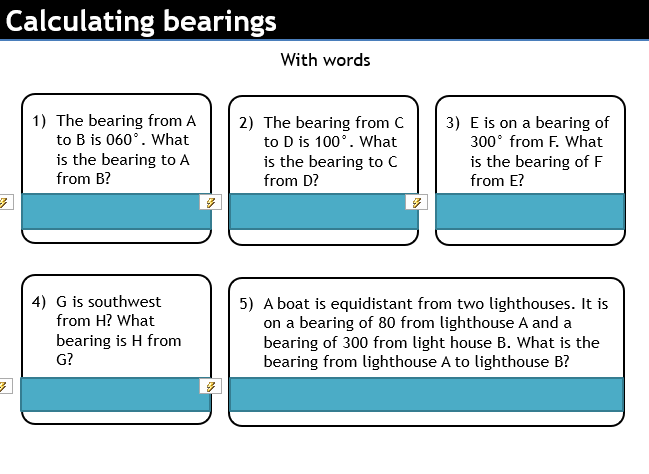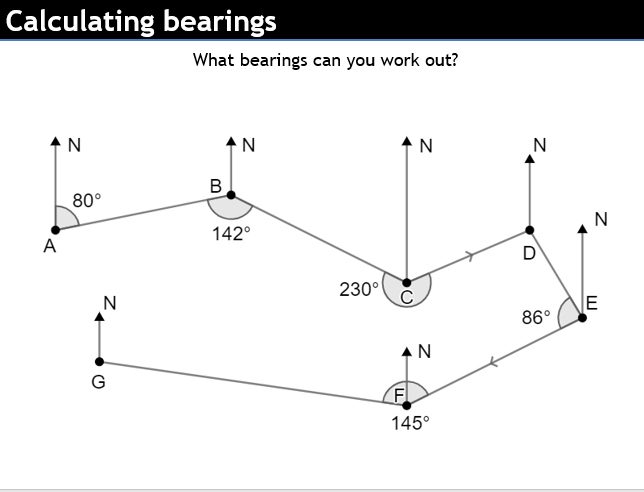I was reading this article about teachers moving abroad. It’s a nice little read and I thought I’d add my little two cents, as this is something I’ve been thinking about recently.
In 2016 I was ready to quit teaching.
It’s easy to go through phases in teaching. Loving it, hating it, loving it again. I think a lot depends on your timetable and the structure of your day.
It had been an exhausting few years. Our school had been put into special measures a few years back and not really recovered. We were taken over by an outstanding school and went through 4 head teachers in 4 years as they scrabbled to find something that worked.
It was the behaviour that got to me eventually, though. The low level stuff that never stopped. We had a three strikes system. Three low level disruptions and you’d be removed from the lesson and put in isolation. Pupils were constantly being pulled out of my lessons. Disrupting the flow. Stopping me from actually teaching.
I blamed myself. Maybe my relationships with the children was poor. Until I did a walk around during a free period and found the number of kids being pulled out of lessons was in the double digits. Every period.
I don’t blame the school. It’s really hard to escalate these cases, and staff were trying really hard. The hours and time and commitment put into the kids at the school was miraculous. But behaviour never improved. What do you do if a kid is being removed from every lesson in a week? Exclude them? What if the behaviour continues? What if 20 kids are doing this?
I never really got upset when kids had an outburst. You can usually understand a child who punches a wall or throws a chair. But the constant cycle of low level, petty behaviours. Talking over me, throwing things. The lack of respect was what killed the joy for me.
I would go to mathsconf, or spend some time planning a great lesson, and never really get to deliver it. Then I would look into they eyes of the children who wanted to learn as we waited for SMT to remove a pupil again and just feel awful.
Then there was the UK EDUCATION STUFF.
Handing your books in to be checked. We all agreed that you couldn’t see progress in a book, but we did it anyway. We all agreed the ‘verbal feedback given’ stamp was rubbish. But it’s the done thing, you see. Eventually we got rid of the stamp, and a lot of the rules. Because the school acknowledged that it was a waste of time. But they still collected the books. To collect data. That was never used.
OFSTED came in one time and told us to be more consistent. So the school made sure that we all used the same learning objectives slide. Which was designed in the dark. Graphics stretched in the wrong ratio, a putrid green colour. Ghastly. I’m not sure that’s what OFSTED meant. I don’t think OFSTED know how their words are taken.
The worst thing was, everyone in the school wanted it to be better, and some of my colleagues where phenomenal people. Knowledgeable and committed and fantastic teachers. Dedicated, wonderful people. For some reason, it never quite came together. Which was horrible.
If all this feels like a rant, that’s because it is. I turned into a walking rant machine in my last few years in the UK!
I could have moved schools, obviously, but look on TES. It’s often the same schools in each area advertising constantly.
So I looked abroad.
It took a lot of attempts, but I ended up in a school in Thailand, and it’s been an absolutely wonderful year and a half.
I’m teaching better lessons than I ever have. I’m given the space to develop my practise and trusted. It’s made me love being a teacher again.
Our school is particularly great, to be fair. The department is fantastically organised. But the time makes the difference.
We run clubs and enrichment and we can do it because we’re not there typing up behaviour incidents 24/7.
I can take risks with my teaching. Card sorts work here! All pupils are respectful and kind and polite. I can work on a lesson and deliver it. My teaching has improved significantly because I’m not managing a room full of children, I’m teaching them. It’s great.
It’s no coincidence how much stuff has been added to this website in the last year and a half and how much better quality it is.
Recently I taught trigonometry to year 9 and it was joyous. We started with similar triangles. We went for understanding, not just repeating SOHCAHTOA, and it all worked because I had time to plan a good lesson and pupils who were receptive to what I was delivering.
Sometimes I have to pinch myself.
If you’re me in 2016, think about it. If you’re a bit beaten down, and feel like you could thrive if you just didn’t have to do so much rubbish that didn’t benefit the children, think about it. I would whole-heartedly recommend it.




